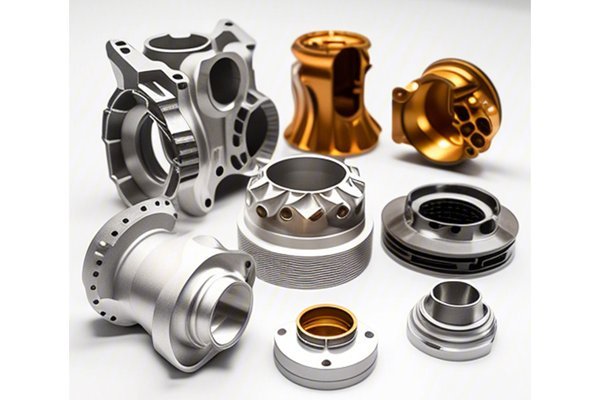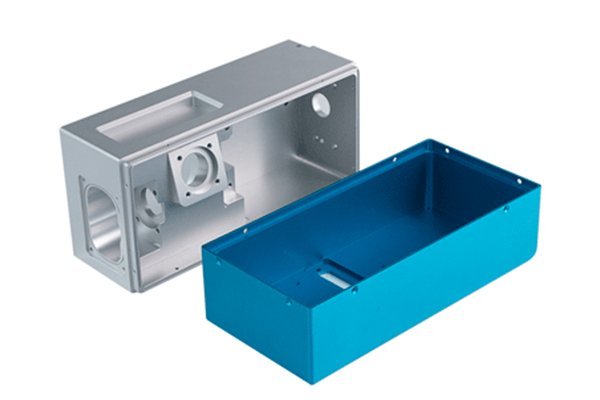Opening
Did you know that the global sports equipment market is projected to reach $156.75 billion by 2025? As technology continues to evolve, so does the way sports equipment is designed and manufactured. Among the most revolutionary technologies in this field is Computer Numerical Control (CNC) machining, which has transformed the prototyping process in an unprecedented way. But how can CNC prototypes be utilized effectively for rapid prototyping in the sports equipment sector? In this blog, we will delve into the advantages, processes, and best practices associated with this innovative technology.
Understanding the CNC Prototyping Process
CNC machining is a process that automates the movement of machinery through predetermined control commands in a computer. In the context of rapid prototyping for sports equipment, CNC technology allows manufacturers to create physical models directly from 3D CAD (Computer-Aided Design) files. This method not only enables the swift production of prototypes but also enhances accuracy and repeatability—two crucial attributes in the highly competitive sports equipment industry.
Advantages of CNC Prototyping in Sports Equipment
Steps Involved in CNC Prototyping for Sports Equipment

Best Practices for Effective CNC Prototyping in Sports Equipment
In conclusion, CNC prototyping offers remarkable advantages for the sports equipment industry, including speed, precision, and versatility. By adopting this technology, manufacturers can quickly turn concepts into high-quality prototypes, allowing for thorough testing and rapid iterations. As the market grows and competitors emerge, the ability to efficiently create effective prototypes sets businesses apart.
In the highly competitive sports equipment market, agility and innovation are paramount. Effective CNC prototyping not only leads to better-performing products but also allows businesses to thrive in an ever-evolving landscape. Embracing CNC technology in prototyping stands as an essential consideration for manufacturers serious about staying ahead.
So what are you waiting for? Consider how CNC prototyping can revolutionize your approach to sports equipment design, and think about implementing these technologies in your future projects. Your competitors may already be ahead, so act now to ensure you’re leading the way in innovation and quality!






